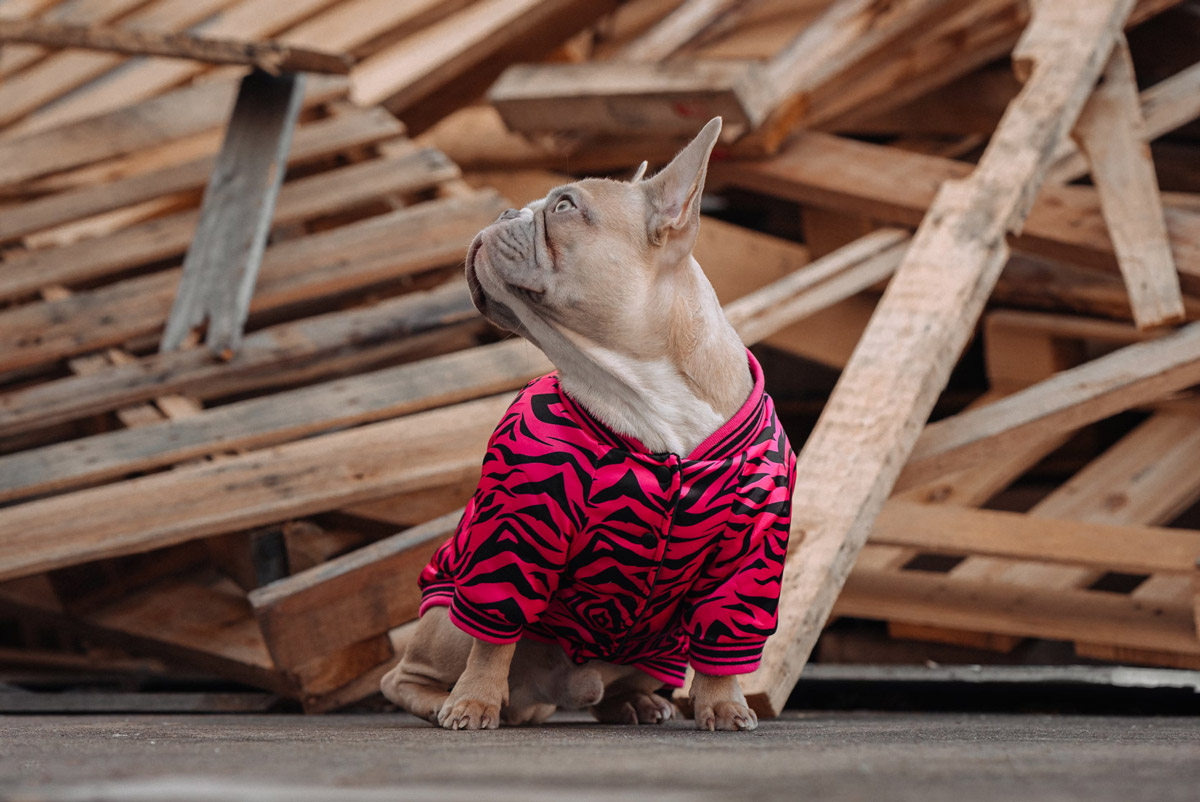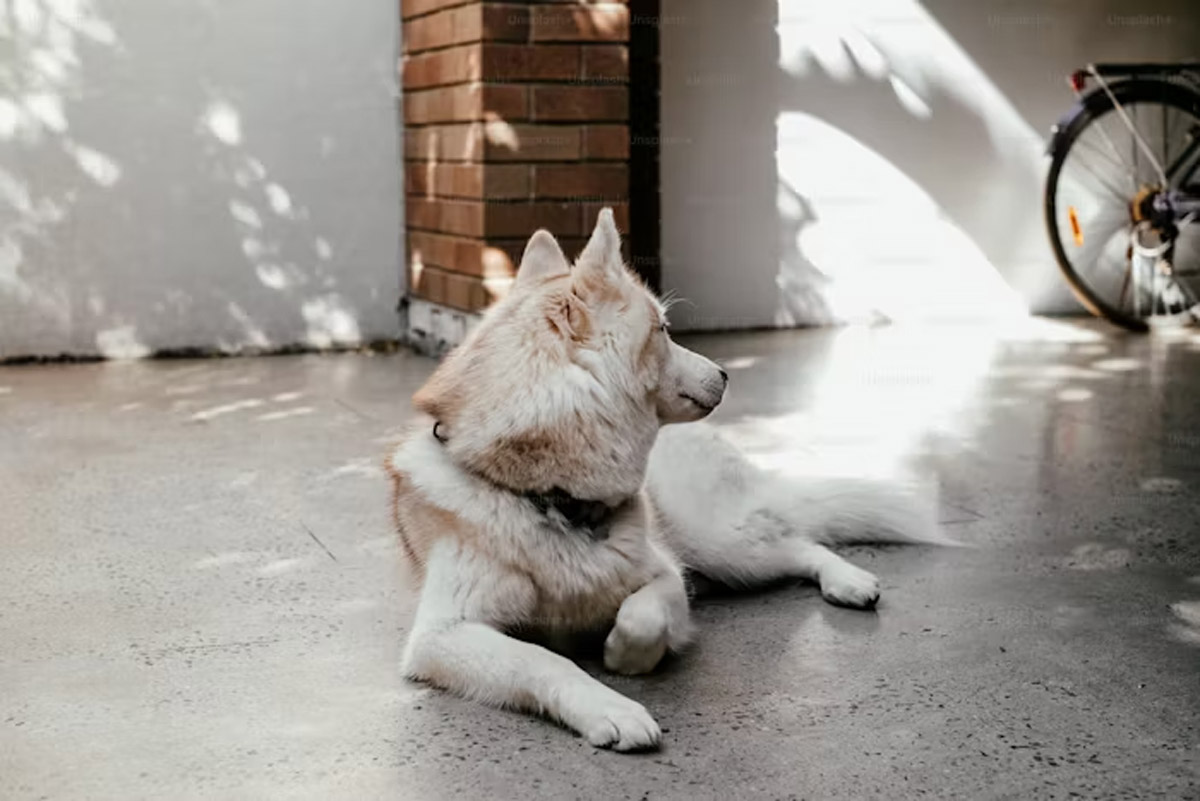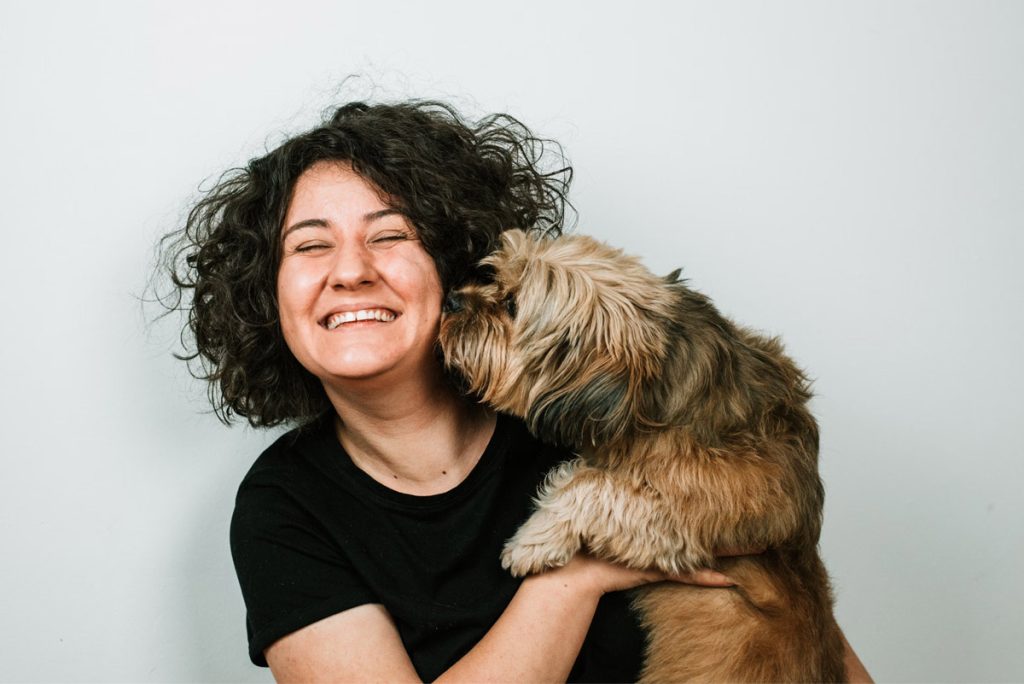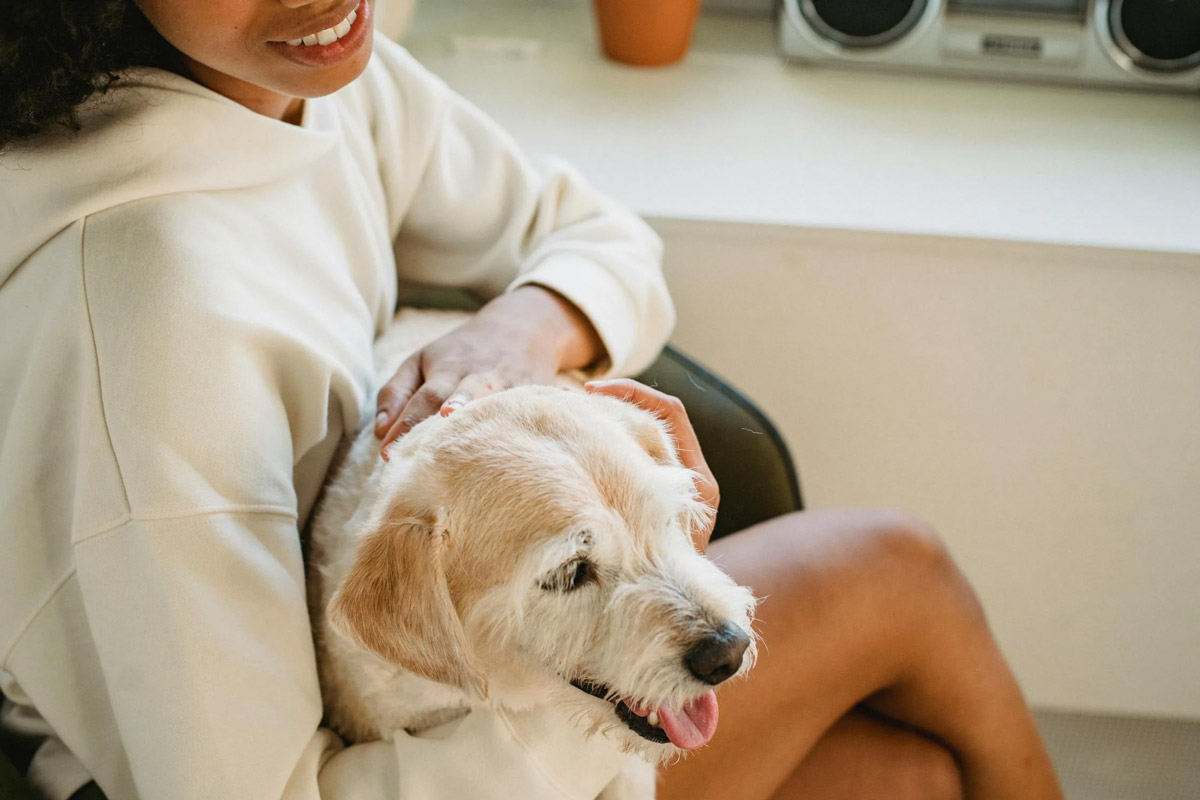Is Your Dog Showing The Side Eye?: Understanding Whale Eye


As dog owners, we often try to figure out what our furry companion is trying to tell us by interpreting their behaviours and body language. One particular behaviour that can seem intriguing and funny is when a dog shows the “side eye.”
However, pet owners should note that this look – also known as “whale eye” – can be a cause of concern. Understanding what whale eye means and how to respond can help improve our relationship with our pets and ensure their well-being.
What is whale eye?

Whale eye is a term used to describe a dog's expression when the whites of their eyes
are visible, typically because the dog is looking sideways while keeping their head
relatively still. This behaviour is often a sign of discomfort, anxiety, or stress. It’s called
whale eye because it resembles how a whale's eye looks when seen from the side.
To identify whale eye, look for the following signs:
- Visible sclera: The most obvious indicator is the appearance of the white part of
the eye, especially at the corners. - Tension in the face: Dogs showing whale eye often have a tense facial
expression. You might notice tightness around the eyes and mouth. - Body language: Accompanying body language might include a stiff body, a
tucked tail, and the showing of teeth or gums.
Why do dogs show whale eye?

Understanding the context in which whale eye occurs is crucial for interpreting its meaning. Here are some common scenarios and their potential reasons:
- Fear and anxiety: Dogs often show whale eye when they feel threatened or scared. This could be due to an unfamiliar person, another animal, or a new environment. Visiting pet friendly cafes in Singapore can help your dog get accustomed to new environments in a relaxed and enjoyable setting.
- Resource guarding: A dog may display whale eye when they are protecting something valuable to them, like food, toys, or even a favourite person. This is a sign of possessiveness and potential aggression.
- Discomfort and pain: If a dog is in pain or physical discomfort, they may show whale eye as a reaction to the distress.
- Overstimulation: In a situation with too much noise, movement, or activity, dogs can become overstimulated and stressed, leading to whale eye.
Responding to whale eye

When you notice your dog showing whale eye, it’s important to respond appropriately to address the underlying cause of their discomfort or stress. Here are some steps to take:
- Identify the trigger: Observe the situation to identify what might be causing your dog’s stress or anxiety. This could be an unfamiliar person, another animal, or a specific object.
- Remove the trigger: If possible, remove or distance your dog from the source of their discomfort. This might mean moving to a quieter room, removing a toy they’re guarding, or gently guiding them away from a stressful situation.
- Provide comfort and reassurance: Offer your dog reassurance through a calm and soothing voice, gentle petting, or simply being present with them. Avoid forcing interactions or escalating the situation.
- Consult a professional: If your dog frequently shows whale eye or displays signs of severe anxiety or aggression, consulting a veterinarian or a professional dog behaviourist is recommended. They can provide tailored advice and support to address the underlying issues.
Preventing stress and anxiety

Preventing stress and anxiety in dogs can reduce the likelihood of whale eye and other related behaviours. Here are some strategies to help your dog feel more secure and relaxed:
- Socialisation: Early and ongoing socialisation with different people, animals, and environments can help your dog feel more comfortable in various situations.
- Positive reinforcement training: Using positive reinforcement techniques to train your dog can build their confidence and reduce anxiety. Rewarding good behaviour with treats, praise, and play helps reinforce positive associations.
- Safe spaces: Providing your dog with a safe and quiet space where they can retreat when they feel overwhelmed can help them manage stress. This could be a crate, a designated room, or a cosy bed in a quiet corner.
Keep your pets happy and stress-free

Whale eye in dogs is an indication that something is amiss in their environment or emotional state. By understanding and recognising this behaviour, dog owners can take appropriate steps to address the underlying causes and provide comfort and support to their pets.
Remember, a calm and reassuring approach, combined with positive reinforcement and professional guidance when needed, can go a long way in ensuring the well-being and happiness of your furry friend. Recognising and responding to whale eye not only helps alleviate your dog’s immediate discomfort but also strengthens the bond of trust and understanding between you and your canine companion.







